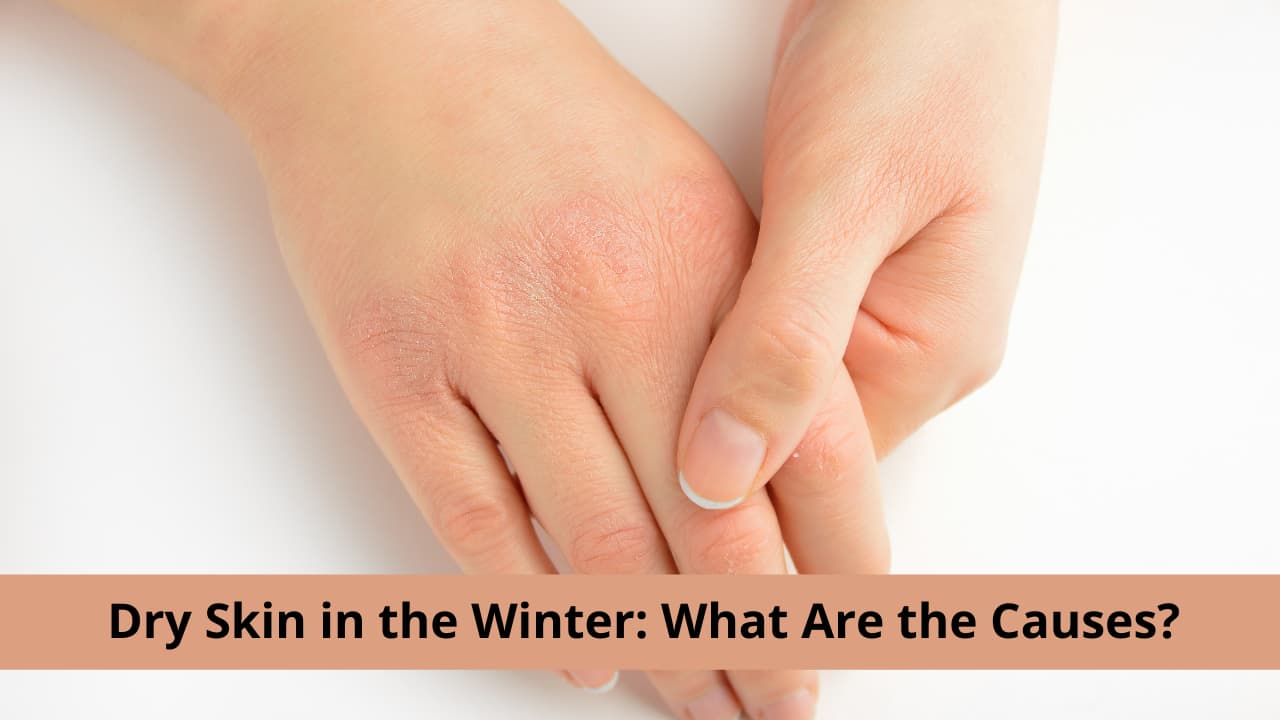Winter is plowing ahead, and with it comes the typical ailments—anything from a small case of the sniffles to a full-blown flu.
There’s also something else that goes hand in hand with winter—dry skin. While it can happen at any time of the year, it’s known to become more common during the winter months.
Dry skin (also called xerosis) usually isn’t serious, but it can be a pain—literally. Severe cases can cause pain or discomfort. More commonly, it can also be itchy, red, and scaly, and can cause small cracks in the skin.
To make this chilly season easier, here’s what you need to know about dry skin:

In the winter months, the skin reacts differently than it does in the summer months. With the drop in humidity, it can cause some problems for people who have sensitive skin.
Factors that are responsible for dry skin
Weather
Exposure to Water
Exposure to Chemicals
The Wrong Treatment
Other Medical Conditions
Age
How to Treat and Prevent Dry Skin

Someone with normal skin must start using a thicker moisturiser (cream-based instead of lotion or gel-based) and apply it one or two times a day on wet skin, on the entire body.
People who have acne-prone skin should ask their dermatologists to help them shift to a milder non-comedogenic cleanser. One should ideally opt-out of AHA/BHA face washes. Non-comedogenic moisturiser is a must and lip care with petroleum jelly is needed for those on oral isotretinoin.
Dry skin fares the worst; people with dry skin may have to apply thick moisturisers multiple times on wet skin.* Rubbing with a towel irritates the skin, which should not be done. Dabbing with the towel is an important habit to inculcate.
Patients with allergic skin, eczema, psoriasis and ichthyosis see a yearly flare up during this season. So, avoid exacerbators like sweat, direct wool contact with skin, and rubbing with a towel. Refrain from known allergy-causing foods and try to remain stress-free.
Some body areas need special care — because they are worst affected in winters — and are often forgotten, like lips, palms, soles, elbows, and knees. Thick urea-based humectants are available; these are sticky but good for skin.
One should not forget to moisturise hands after every hand wash and shift to milder detergents/ handwashes even in kitchens/bathrooms.
Hair, especially wavy and curly, inherently dry and frizz-prone, needs to be washed with sulphate-free shampoo. Apply silicone-free conditioner to the hair, and try to do deep conditioning (with a hot towel) every week or fortnight.
Dandruff problems can be seen this season. Ask your dermatologist to prescribe a medicated anti-fungal shampoo to control dandruff and prevent itchy scalp.
Day to day Tips for Healthy Winter Skin

- Limit baths to 5 minutes.
- Use lukewarm water.
- Apply a small amount of moisturizing soap while washing.
- Pat your skin dry when leaving the shower but let it remain a bit wet. Then apply an intensive moisturizer to the skin.
- At the end of the day, without showering again, apply another coat of moisturizer.
- Put a humidifier in the room that you spend most of your time in to replenish the moisture in the air.























